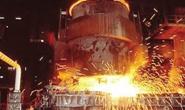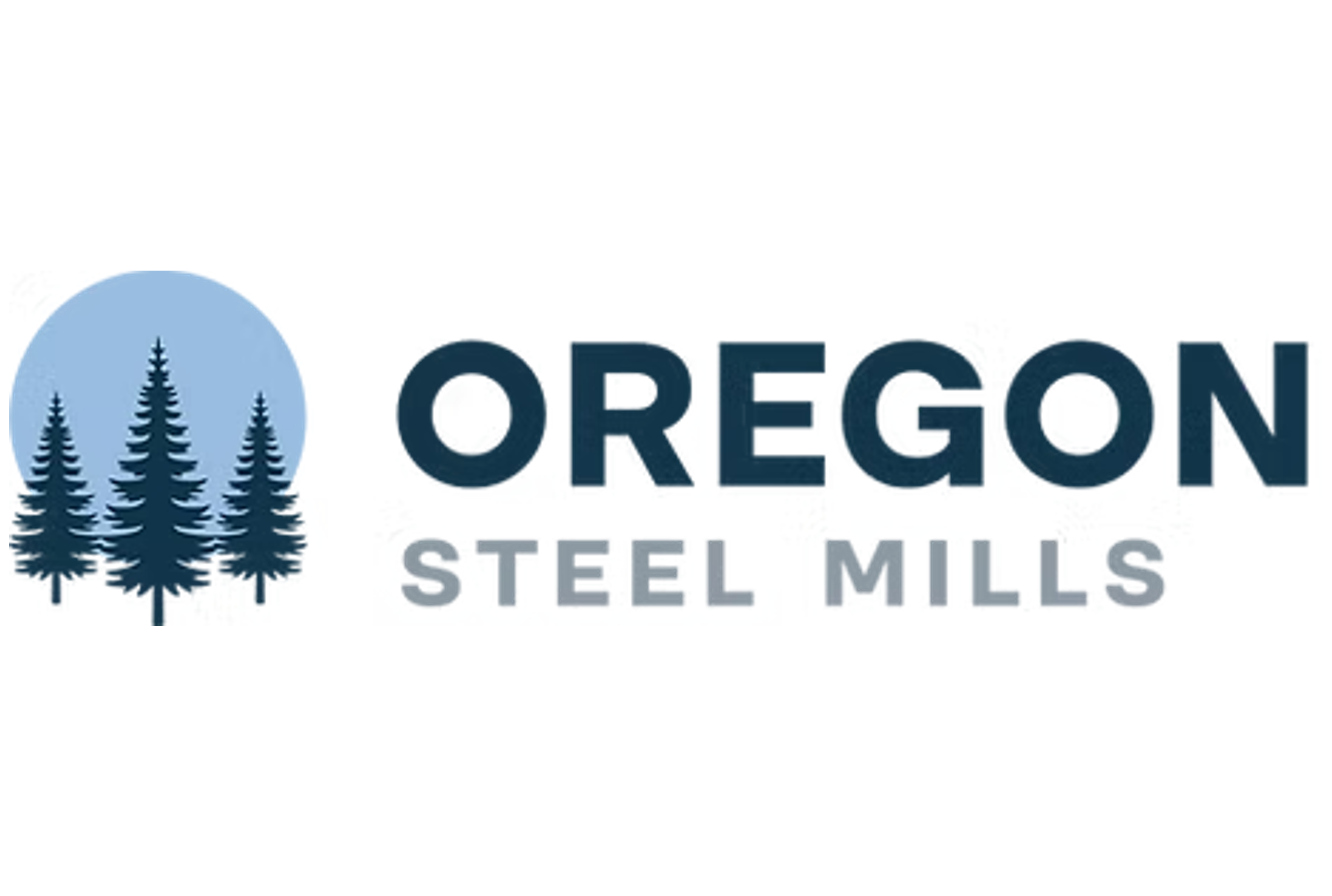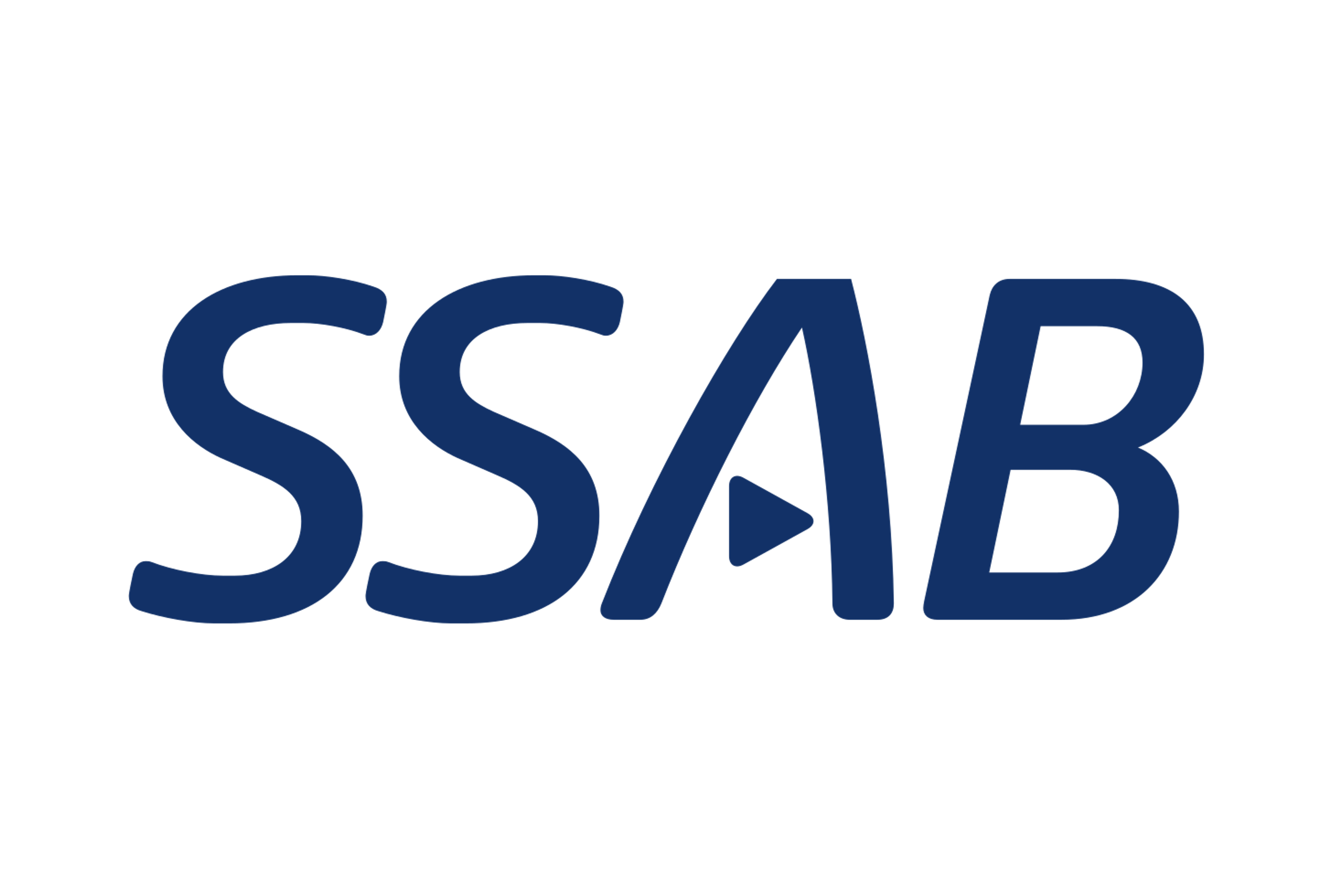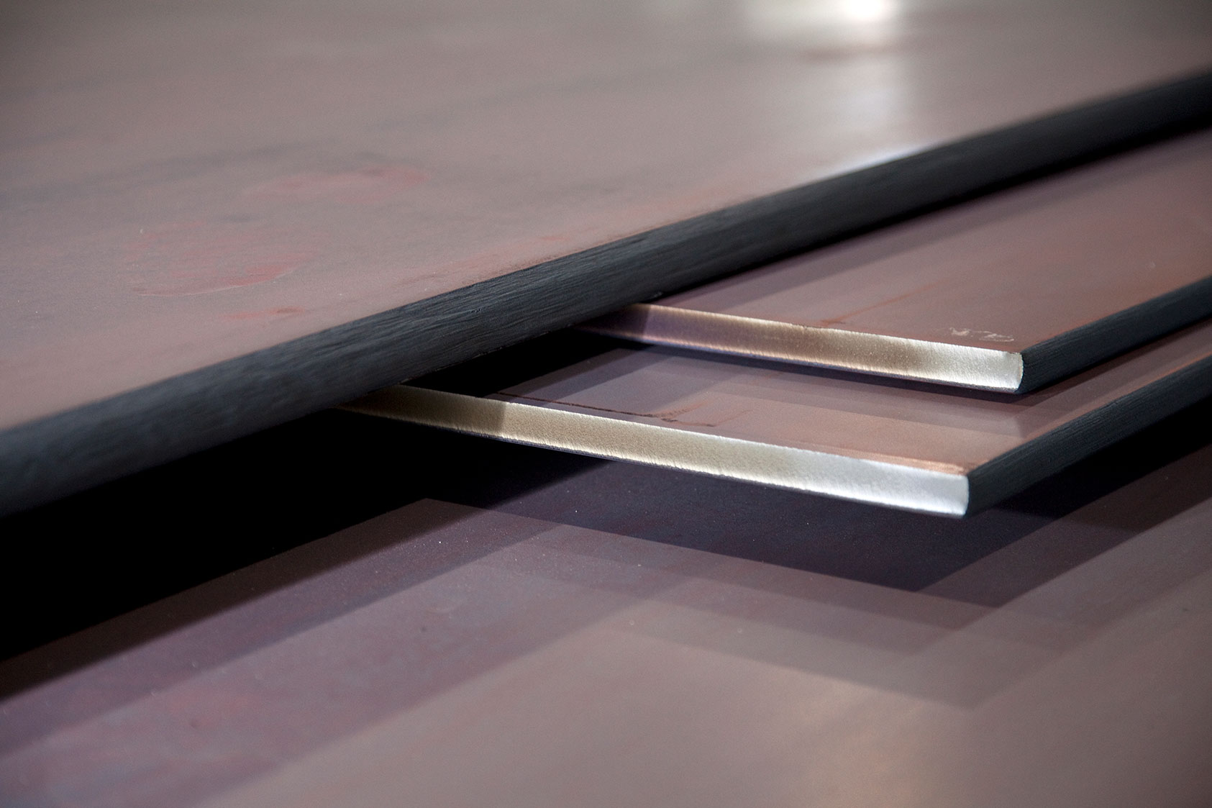Market Segment

July 21, 2017
EAF Mills Facing Electrode Shortage
Written by Sandy Williams
Graphite electrodes used in electric arc furnaces are short in supply, causing concerns for EAF and ladle metallurgy (LMF) steel mills. Electrode manufacturers have reduced capacity in the past several years by an estimated 200,000 metric tons annually, according to some sources.
China electrode producers had priced other companies out of the market by offering prices that were much lower than their competitors. Competing producers needed to charge two to three times more for ladle furnace electrodes versus EAF in order to keep margins up. As the Chinese government cracked down on emissions and capacity, less furnaces were in the market for electrodes, resulting in China capacity falling to around 50 percent, reported Platts. With abundance of low priced scrap and closure of induction furnaces, capacity is currently improving in China.
Capacity rebuild, however, is hindered by a shortage of Chinese needle coke, used in the production of electrodes. The required raw material is being diverted to the more lucrative lithium-ion battery industry.
Electrode production takes 6-10 weeks and their useful life is 6-8 hours, according to Platts. A typical electric arc furnace uses nine graphite electrodes grouped together on three columns.
“We haven’t even started our booking process for next year, and some competitors are already sold out through the first half,” one source told Platts. The scarcity of inventory has stirred fears of rolling outages for LMF and EAF mills.
One of the steel mills contacted by SMU noted that the shortage appears to be greater for smaller diameter LMF electrodes rather than EAF electrodes. Steel mills that do not have long-term supply agreements are more susceptible to the shortage and pricing is going up for everyone, said the source.
“More capacity has to be brought back online…and frankly, the electrode industry needs higher pricing and return of margins in order for that to happen,” he said.
Graphite electrode prices were at two decade low in the second half of 2016 but have since more than doubled.
“The electrode price rally has been triggered by a combination of large capacity closures (around 20 percent ex-China capacity shut), industry consolidation through aggressive M&A activity involving the top three global producers, return of demand-supply balance, reduced Chinese electrode exports and better pricing discipline by the incumbents in a loose oligopolistic set-up,” reports India’s MoneyControl.
“With the tightness on the supply side, given the change in the industry structure and demand remaining healthy, the demand supply balance has shifted in the favour of the suppliers,” said India Ratings and Research. Spot market prices soared to $4000/MT from $2000/MT, said Ind-Ra. Business Standard reports capacity utilization rates are expected to increase to 80-85 percent in FY 2019.







